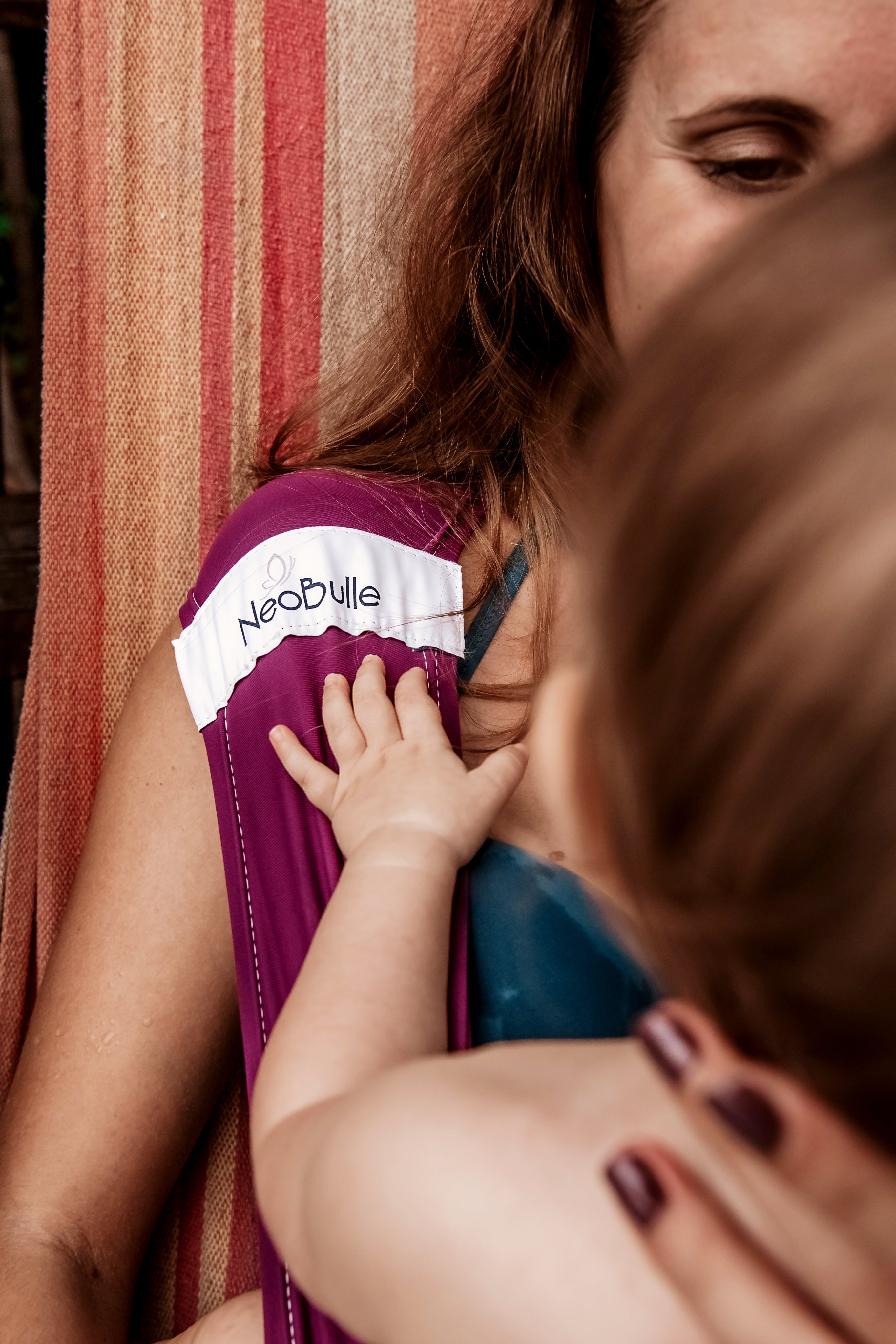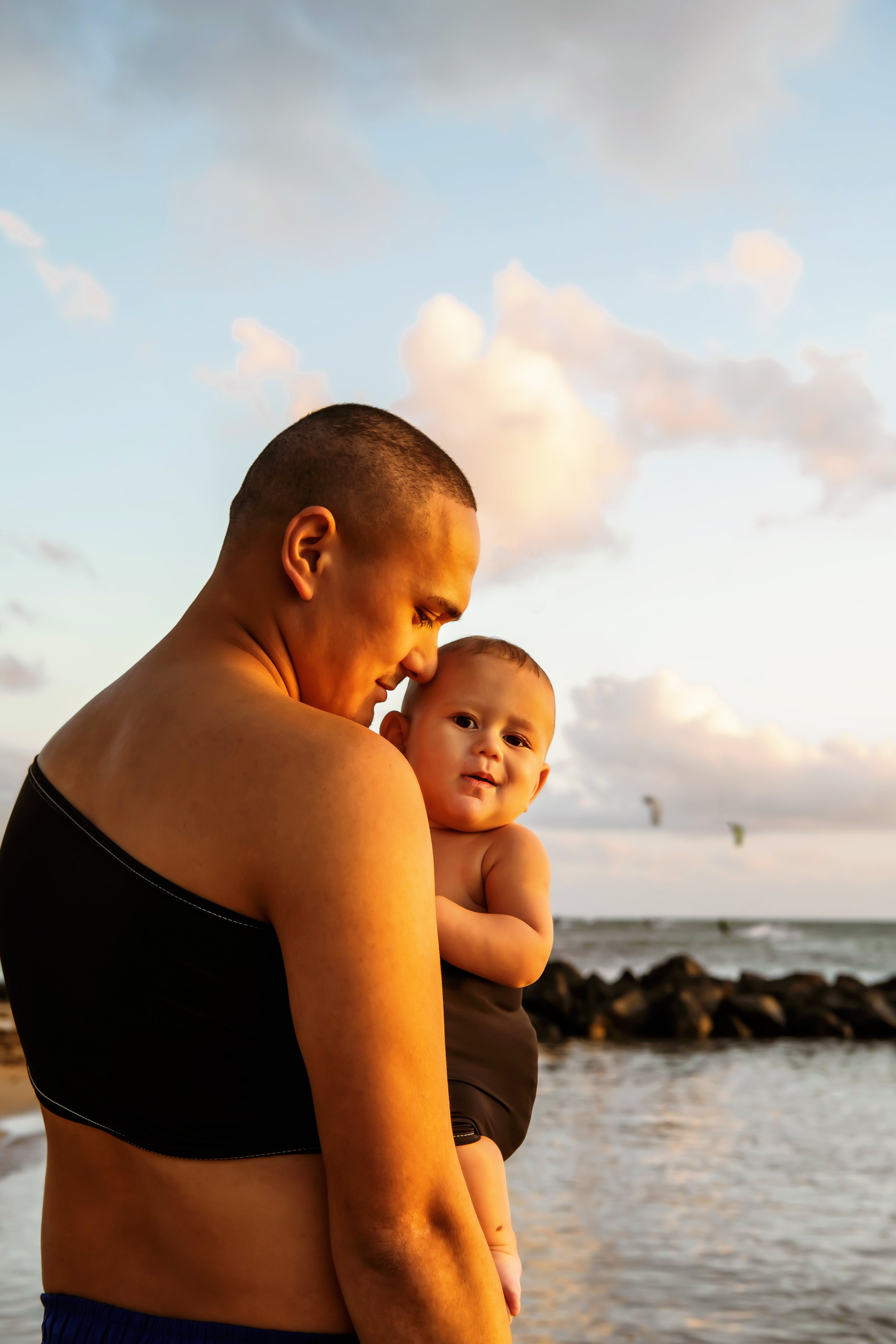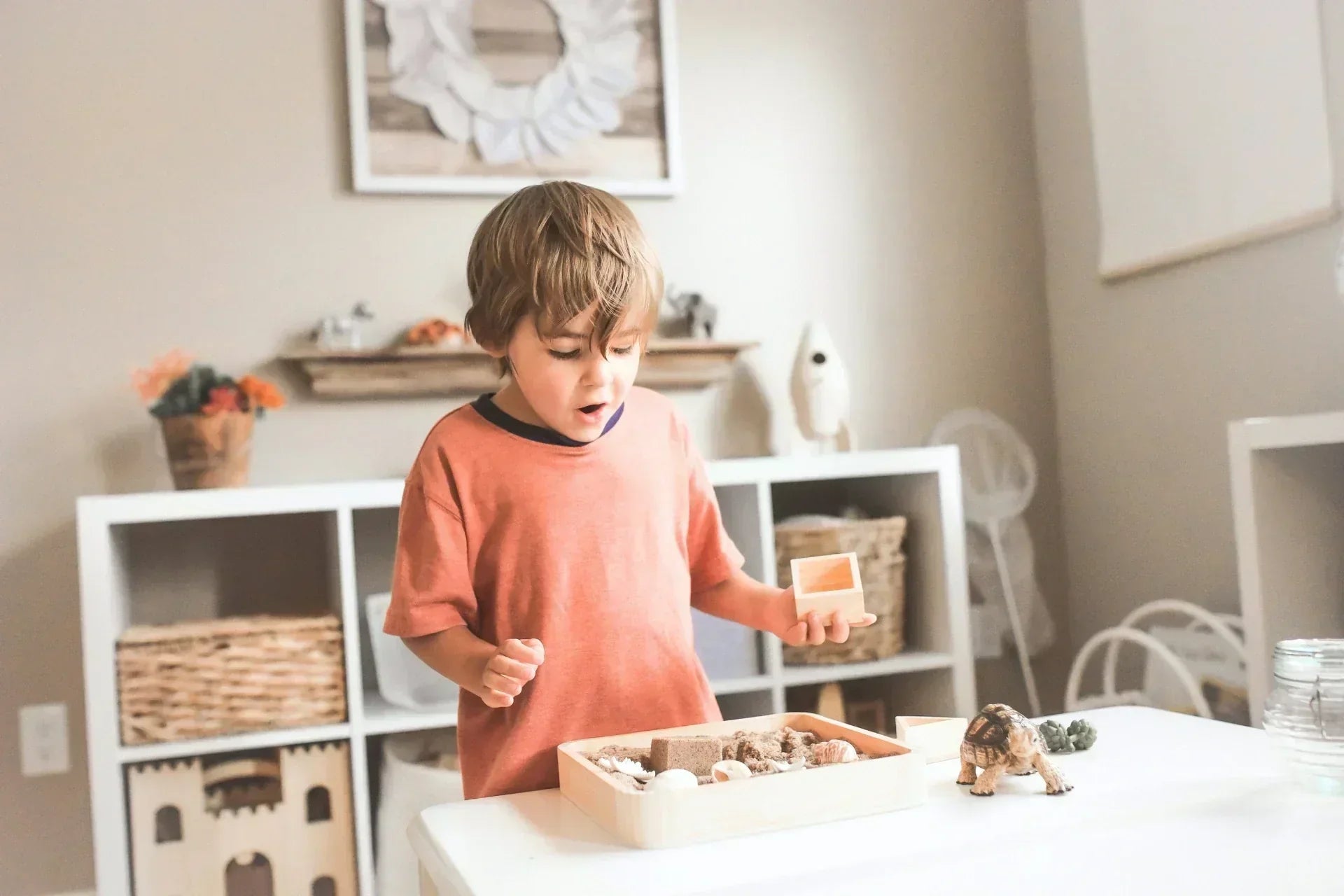Here you are setting out to attack the city, your baby snuggled in its stroller and your bag slung over your shoulder! Is there something to consider to ensure the adventure goes well? We have prepared a little checklist so that you can just enjoy!
A baby carrier in good condition and well adjusted
Because comfort is fundamental! In the city, carrying needs are very varied, and you may need to carry both for short periods and for longer trips, and these are often very recurring needs.
The right adjustments of the carrying system are the guarantee of your future consistency: no matter how practical it is, no one uses long-term a tool that causes pain.

Neobulle Tip:
We recommend checking once a week roughly that the settings of your baby carrier are still adjusted to your child's growth (and yes, they grow quickly!). Don’t hesitate to check the good condition of your equipment.
Comfortable outfits for carrying

In the comfort category, you’ll also find clothing!
Whether for your little heart or for yourself, plan an outfit in which you feel comfortable to move…
Soft clothing, the right size, that does not constrict the body, does not pinch and does not ride up with movement should be prioritized when you plan a carrying trip with your baby.
Between stairs, sidewalks, and construction sites, the terrain is not always stable for walking, so we invite you to wear practical shoes: no heels or high shoes, prefer sneakers, trainers, and other sneakers!
We also think of seasonal classics:
- A hat and slippers for winter
- A hat and sunglasses for summer
Neobulle Tip:
Be careful with decorations on some adult clothing (pearls, zippers…), which can sometimes irritate or hurt your little one.
Baby essentials!
What ranks 3rd on this list and not 1st? A moment of distraction, perhaps…
We are obviously talking about the comforter and the little head!
NEVER forget!
Never!
Like if it happens to you, turn back, even if you risk being very late for work afterwards.
We invite you to take them first, check during preparations that you have packed them properly, then before leaving the house, and again before exiting the building (you never know!).

Neobulle Tip:
Plan a backup set in the diaper bag.
Be prepared for all emergencies, even outside carrying

Parenting Murphy's Law is just like that: no matter the duration of a trip, the diaper will always leak RIGHT on the day
where you haven't planned for something to change your baby.Ward off bad luck by always having on you a diaper, some cotton, a small lotion bottle and a clean onesie in your diaper bag. Yes, even for a short outing!
Neobulle Tip:
Remember to regularly check that the spare onesie is still the right size!
Food and Drink!
As long as your little one is breastfeeding, managing outings is quite simple since the breasts are always ready to provide meals and drinks as desired.
When this is not or no longer the case, we advise you to always bring a bottle in advance in the bag (or for older children, a packet of biscuits and a small water bottle), to prevent the small hunger pangs that are sure to occur during the metro ride.

Neobulle Tip:
Having food ready is always useful in case of an incident during travels (like a stuck train), even later with older children! You can also use this little "emergency bag" in the car and supplement it with a survival blanket in winter.
A diaper attached to the baby carrier

Not all trends are good to follow, the "milk stone" perfume popular among new parents is actually one of them. Especially once your work routine resumes!
The morning rush, a quick snack or bottle in haste, and suddenly your little one takes advantage of the 10-minute walk between your house and the daycare to give you a nice vomit of some of their milk… on your clean shirt? No! Because being prepared, you had attached a diaper to your baby carrier, and sensing the "wet" burp, you had time to protect your clothes!
Hats off to super parents!
Neobulle Tip:
We never have enough diapers… Don’t hesitate to leave some everywhere — in the diaper bag, the car, on the baby carrier, etc.
An activity suited for carrying your baby
Whether in the city or in the countryside, it remains essential to adapt your daily life and your leisure activities to your child's presence,
especially when carrying himIf you can definitely resume a bit of walking or other gentle physical activities with your baby in a baby carrier, more intense practices such as jogging should obviously be avoided!

Neobulle Tip:
There are now dancing classes in carriers! Don't hesitate to look around if this activity is offered near you?
Getting around in the city: when baby carriers are prohibited!

Sometimes you see baby carriers in the city in places where they shouldn't be found!
A quick reminder about safety AND legislation: on the road, during transport in a vehicle, the highway code states that babies must be secured in approved seats, which baby carriers are not.
Subject to the highway code: cars, but also bicycles!
Therefore, it is not only highly discouraged, but also illegal to use a carrying system to transport a child in a car, or on a bicycle (or an electric scooter by the way…).
Neobulle Tip:
If you need to get around by bicycle with your child, we recommend choosing a suitable seat and getting advice on this subject at a specialized store… Or walking on foot alongside your bicycle while dropping off baby at their childcare!






